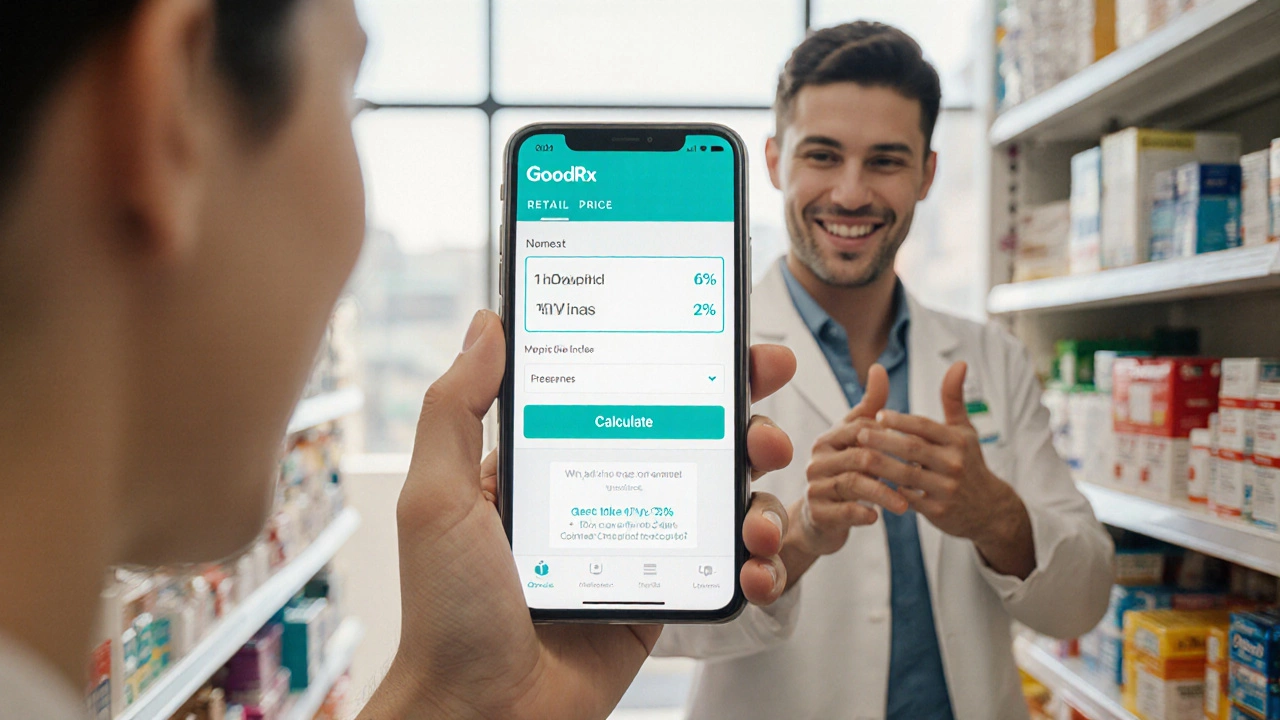Drug Pricing in the UK: What Sets Medicine Costs
When you hear the term Drug Pricing, the method by which the price of a medication is determined for patients, insurers and the health system. Also known as medicine cost, it reflects a mix of research expenses, market competition and regulatory decisions. Drug pricing isn’t just a number on a pack; it decides whether a life‑saving pill reaches a person’s hand or stays on a shelf. The process encompasses three main steps: manufacturers set a launch price, regulators review it against clinical value, and insurers negotiate rebates. This chain creates a ripple effect that shapes everything from pharmacy receipts to national health budgets.
Key Factors That Shape Drug Pricing
One major player in this chain is Health Insurance, private or public coverage that helps absorb part of a drug’s cost for the patient. Also called private health cover, it influences out‑of‑pocket spending by negotiating discounts and setting co‑pay limits. Next, the NHS, the United Kingdom’s publicly funded health service that sets national drug pricing guidelines plays a regulatory role, using cost‑effectiveness analyses to cap prices for publicly prescribed medicines. Private healthcare providers, meanwhile, often adopt a faster formulary update cycle, meaning patients with private cover may see newer, pricier drugs sooner. All these entities intersect: health insurance influences drug pricing by demanding lower list prices; NHS standards shape the baseline cost; private healthcare pushes market competition, which can either drive prices up or down depending on demand.
Beyond the domestic system, Medical Tourism, the practice of traveling abroad to obtain medical treatment or prescription drugs at lower costs adds another layer. Travelers often chase cheaper drug pricing in countries with lower production costs or fewer price controls, creating a cross‑border dynamic that can pressure UK suppliers to reassess pricing strategies. Prescription costs, therefore, are not static; they fluctuate with exchange rates, international policy changes, and the emergence of generic alternatives. Understanding these relationships helps you anticipate how a new medication might affect your wallet, whether you’re covered by the NHS, have private health insurance, or are considering options overseas. Below, you’ll find practical guides, cost breakdowns and expert tips that unpack each of these influences, giving you a clearer picture of where your medication expenses come from and how to manage them.
GoodRx Explained: How the Discount App Works and What to Watch Out For
Discover how GoodRx saves on prescriptions, where the discounts come from, potential data privacy issues, and when the app is truly worth using.

